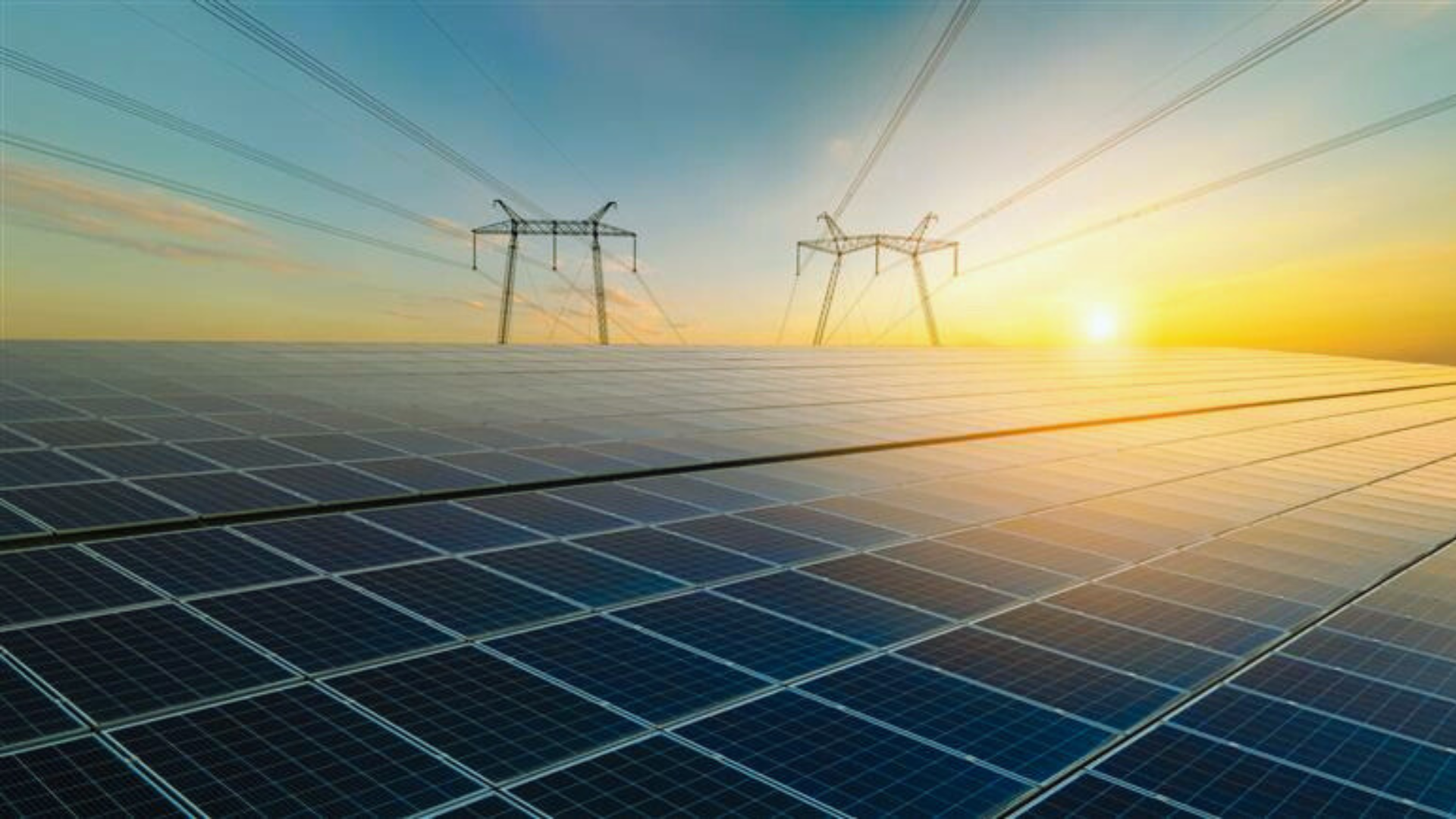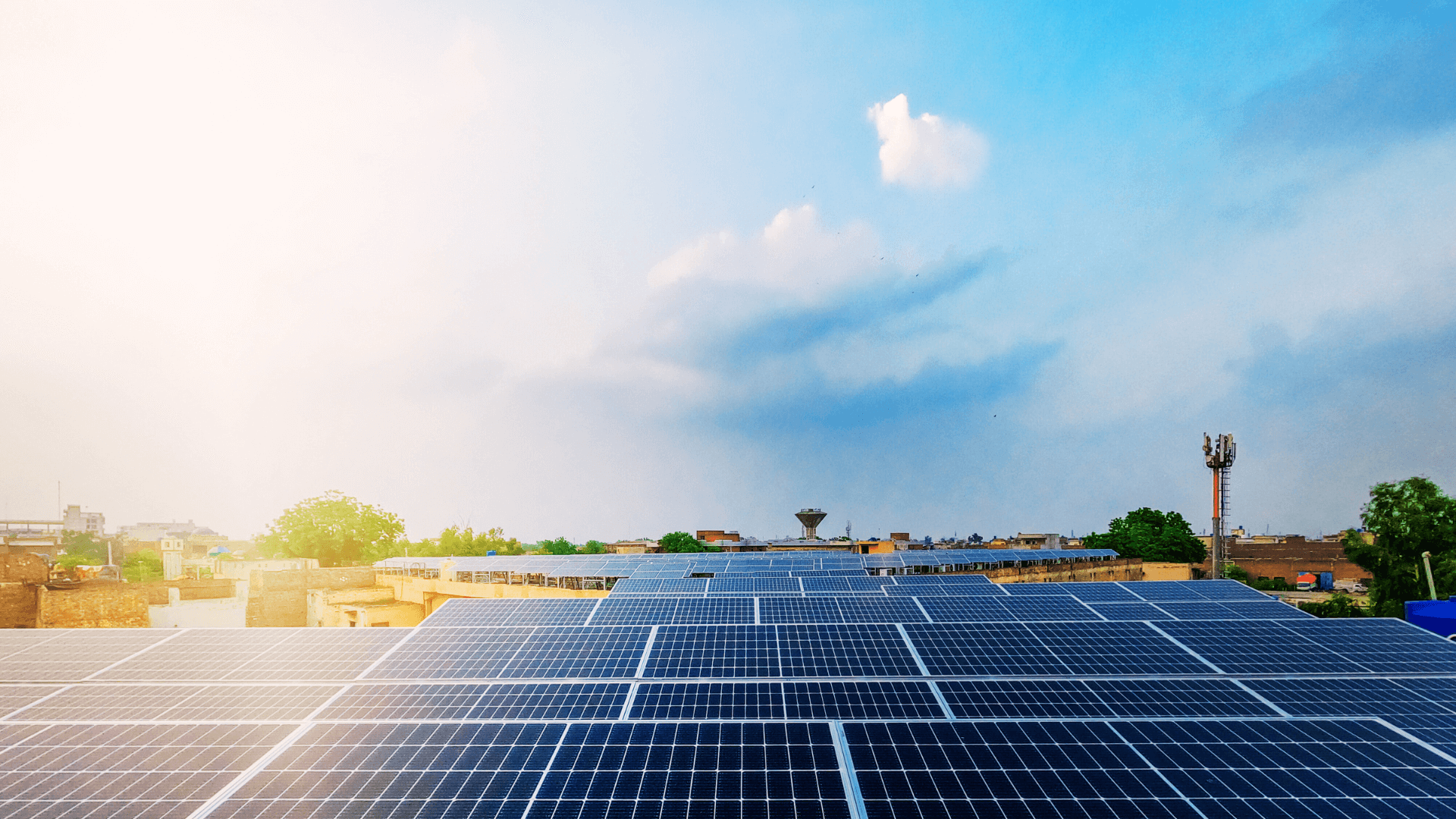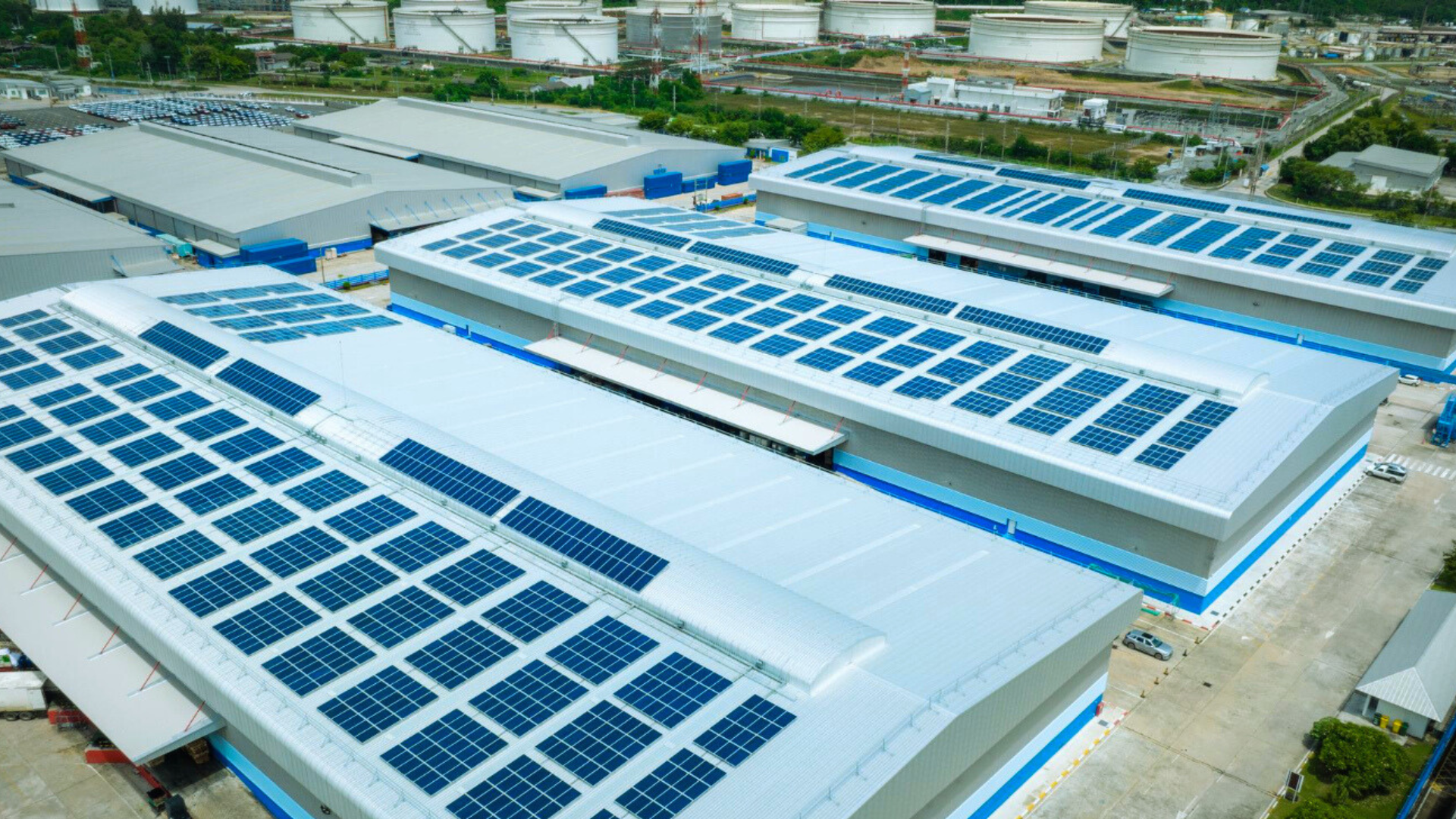The shift towards renewable energy in India has never been more urgent or promising. As the country races to meet growing energy demands while curbing environmental degradation, solar power stands out as one of the most viable solutions. The energy revolution stemming from the generation of solar energy in India and the environmental impact of solar panels have become major talking points among policymakers, environmentalists, and even everyday homeowners.
But beyond the buzzwords, what is the true environmental footprint of solar panels in the Indian context? And how can Indian households and businesses embrace solar power responsibly?
From large-scale solar farms in Rajasthan to rooftop setups in bustling cities like Pune and Bengaluru, solar technology is helping India reduce its dependence on fossil fuels. Moreover, with easier access to a solar installation loan, solar panel loan, and tailored rooftop solar financing options through institutions like Electronica Finance Limited, adopting solar power has become more financially accessible.
Let’s take a closer look at how solar panels contribute to environmental sustainability in India and why it’s about more than just clean energy.
Renewable and Sustainable Solar Energy in India
Unlike coal or petroleum, the sun doesn’t run out, doesn’t need to be imported, and doesn’t fluctuate in price based on global politics.
For a country that receives an average of 300 sunny days a year, solar power is not just an option but an opportunity. Whether it’s the rural farmer powering his irrigation pump or a school in Ladakh running entirely on solar energy, the examples are increasingly real and inspiring.
What makes solar energy even more appealing as an energy source is the decentralised nature of its use. With a well-structured solar financing option, individuals and businesses can start the use of solar power systems on their rooftops, reducing dependence on the central grid while actively stopping environmental degradation.
Power Generation Using Solar Panels Saves Scarce Natural Resources
Traditional energy production sources like coal, oil, and natural gas require massive amounts of water for extraction and processing, not to mention immense land use and land degradation due to mining. Solar panels, in contrast, require minimal water to function, primarily for periodic cleaning to maintain efficiency.
Think about a thermal power plant guzzling thousands of litres of water a day versus a rooftop solar power system that needs a couple of buckets of water every few months. The difference in resource consumption is staggering.
The space efficiency of solar power has improved significantly. With high-efficiency panels, more energy can be generated from a smaller area, making it feasible even for urban buildings with limited roof space. And with the support of solar panel loan options, you don’t have to bear a heavy financial burden upfront.
Using Solar Energy Reduces Emissions of Hazardous Gases
India has made international commitments under the Paris Agreement to reduce carbon emissions, and solar energy is one of the key levers to meet those targets.
Unlike fossil-fuel-based electricity generation, solar panels do not emit carbon dioxide or other greenhouse gases during operation. This is critical for India, which is the third-largest emitter of carbon globally. A single household switching to solar can reduce its carbon footprint by nearly one tonne per year. Imagine the impact if even 10% of India’s urban households made the switch.
By offering attractive rooftop solar financing solutions, lenders like Electronica Finance Limited are making it easier for households and SMEs to take that step, not just for lower bills but for a healthier planet.
Solar Energy Helps Reduce Air Pollution with Solar Panels
Air pollution is a visible, smelly, and health-threatening problem in many Indian cities. From Delhi’s infamous smog to rising respiratory issues in smaller towns, it’s a crisis that affects all demographics. And some big culprits in much of this pollution? Thermal power plants and diesel generators.
Switching to solar energy, especially in residential and commercial spaces that traditionally rely on diesel gensets, helps us significantly reduce the emission of particulate matter, Silicon compounds, nitrogen oxides, and sulphur dioxide – all major contributors to poor air quality.
Solar energy production slashes operating costs and also cuts down harmful emissions that would otherwise affect workers, nearby residents, and the broader environment.
Reducing Pressure on the Grid and Transmission Losses
India’s power grid, while expansive, is often strained and inefficient. With electricity often travelling hundreds of kilometres from the generation point to the end-user, transmission losses can be significant. Localised solar generation cuts out this inefficiency.
Rooftop solar installations, powered through solar installation loans, ensure that energy is consumed right where it is generated. This helps reduce the load on the national grid, improves voltage stability, and minimises power cuts, especially in tier-2 and tier-3 cities where infrastructure is still catching up.
In essence, more solar rooftops mean a smarter, more resilient energy ecosystem.
Minimal Operational Impact and Noise Pollution
Solar panels have no moving parts, which means their operation is virtually silent – a significant and often underrated benefit. Diesel generators produce loud, persistent noise, and even wind turbines emit a low-frequency hum that can be disturbing over time. But solar installations quietly get the job done without disrupting the environment around them.
This makes solar power particularly well-suited for sensitive spaces like schools, hospitals, libraries, and residential complexes, where peace and quiet are not just preferences but necessities. Imagine a hospital ICU relying on backup diesel generators during a power cut. The noise alone can be a major source of stress for patients. In contrast, solar power systems provide seamless, silent backup without adding to the already tense atmosphere.
With solar financing, rooftop solar financing, and solar installation loan options becoming increasingly inclusive and accessible, these institutions no longer need to postpone the shift due to upfront costs.
Moreover, the long-term maintenance demands are exceptionally low. Occasional cleaning to remove dust and debris, and a yearly professional check-up are usually enough to keep the system performing efficiently. This reduces operational hassle and minimises the ecological footprint over the life cycle of the system, especially when compared to conventional energy setups that require frequent servicing, oil changes, and part replacements, all of which carry their own environmental costs.
Conclusion
India’s transition to solar energy is more than just a clean energy revolution; it’s an environmental necessity. The impact of solar panels on natural resources, emissions, public health, and behavioural change is too significant to ignore.
Whether you’re a homeowner, a business owner, or a housing society manager, investing in solar is a step towards not just energy independence but also environmental responsibility. Electronica Finance Limited makes it easy to get started with solar – it is now more affordable and accessible than ever.
Ready to take the next step? Go to the EFL Clik App for solar financing solutions and power your future responsibly.
FAQs
What are the disadvantages of solar power?
While solar power has immense benefits, it does have some limitations. Initial setup costs can be high without financing, and energy generation depends on weather and sunlight availability. However, with solar panel loans and better storage technology, these challenges are becoming easier to manage.
What is the cost of adopting solar energy in India?
The cost varies depending on the system size and location. On average, a small rooftop system may cost around ₹45,000 to ₹70,000 per kW. But with rooftop solar financing options from lenders like Electronica Finance Limited, you can pay in easy instalments and recover costs through savings on electricity bills.
How does EFL contribute to renewable energy in India?
Electronica Finance Limited offers dedicated financial solutions for SMEs looking to invest in solar power. Their flexible solar panel loans are tailored to suit diverse customer needs. By simplifying access to funding, EFL plays a crucial role in India’s green energy transformation.




